Changing behavior in the classroom - Meet "Johnny"As I walk down the hallways of the school, my heart breaks when I see kids sitting out in the hall almost daily because they are being disruptive in the classroom. It brings back memories of a child I had a few years ago. It was the end of the first week of school and I met up with the mother of my new student "Johnny". I was surprised when I heard what she had to say. "This is the longest he has ever remained in the classroom." Red flags seemed to jump up all around me. What did she mean? What was I missing? I pondered this statement and decided I might want to investigate why she said that. I checked on his file to learn more. Start with a clean slateIt turned out that he had many behavior issues that made it difficult for him to remain in the classroom for the full day in his previous school. Because I don't read the files of new students right away, I was unaware of this. I just took any movement toward misbehavior and redirected it as I would with any other child. This is not to say that the behaviors weren't there, but they were not my focus. Since I didn't know his history, I hadn't formed an expectation of negative behavior and he was able to start with a clean slate. Does this mean that the behaviors had disappeared? No, but we found ways to lessen the frequency and degree of negative behaviors and increase the positive behaviors. The weeks and months progressed, and "Johnny" and I developed an understanding so we were able to interrupt potential behavior issues and make things work. This took some creative effort, but with the help of his classmates we were successful. Every day was a new day, so he learned that he could start fresh the next day if he messed up or needed time to self regulate and regain control. How did we make this work?I remembered a keynote speech from a couple of years earlier that promoted thinking about what is going right in a negatively charged world. It hit me that this could be a game changer. I began to focus on developing positive self-esteem and creating a class community based on celebrating successes. We zeroed in on what was going right and learned not to feed into the negative stuff. (More on this next time.) When "Johnny" didn't get attention for his negative behavior, it became less and less. Many of his behaviors were ways to distract others from seeing that he struggled with reading and writing or he didn't understand a concept or lesson. I suspect that some of this was because he missed key instructions and practice during the times when he was not in the classroom. He loved to share what he did know and this often meant that he would blurt out answers and interrupt others who were sharing if he made a connection to something they said. Instead of getting upset with him for this, I quietly reminded him that it was their turn and he could share when they were finished. Little things like this helped him to be able to participate in class activities and have moments to share his ideas. Differentiation and focusing on learning styles made a huge difference. Here are some of the notes from his report card. - creative thinker - enjoys nonfiction topics - enjoys sharing ideas - enjoys active lessons - very knowledgeable about his world - learns best orally - works best one on one One of the key ways we were able to help "Johnny" was to focus on what he could do and be his cheerleaders. His classmates were awesome cheerleaders for him and helped him to feel he was valuable and part of a special team. When he learned that he wouldn't be teased for his struggles with reading and writing and that he could have support with these areas, he was more willing to do the work. Scribing stories and writing words in an idea book helped to share his thoughts. He loved to share stories and adventures and the kids enjoyed hearing them. Because he felt accepted by his classmates, he worked harder to fit in and become a team player. His self esteem and confidence grew, he made friends, and he ended up having a successful year. The transformation was heartwarming to see. Ignoring negative behaviors and focusing on positive behaviors wasn't easy, and I had to intentionally control my emotions, bite my tongue, and not freak out at actions that had the potential to explode into very negative behaviors. But it paid off in dividends. So much so, he told his younger brother that he needed to be in my class because "Mrs. Sequeira gets us." (Little did I know at that time that his brother also had many behavior challenges.) I wish I could say that "Johnny" continued to build on this success and have a positive school experience, but it wasn't so. After all the work that was done during the year to work on being a positive, responsible member of the class, it seemed to unravel in the next couple of years. My heart sank as I saw him spending many days slumped on a chair in the hallway because he was too "disruptive" in class. I could see in his face as he looked down at the floor that he felt uncomfortable when I saw him out there. I guess other teaching styles didn't work well for him and he was unable to adjust to them and continue to be successful, so he reverted to his old behaviors. Changing my focusSadly, this is not the first time this has happened, and it won't be the last. I have seen several students over the years struggle to adjust to the different classroom situations. I have to admit, there were times earlier in my career when I had difficulty with some students and found it very hard to manage their behaviors in the classroom. As I did some soul searching, I discovered that it was my own classroom management skills and my understanding of kids and why they might be acting out or behaving in negative ways that needed changing. When I figured this out, my approach in the classroom became intentionally focused on nurturing positive self esteem, promoting optimism and a positive attitude, and developing self confidence during my first few weeks of school. Changing my focus to what was going right was a big shift that helped to create a more cooperative and caring class situation. Focusing on SEL (social emotional learning) and mindful behavior is key to developing a caring and respectful community which can work even for kids with challenging behaviors like "Johnny". Next time, I will give some specific tips and activities that help develop positive, confident kids and a cooperative and caring community. Get a free copy of this poster by signing up for my newsletter. Related Posts
1 Comment
Terri Paubali
3/11/2024 12:55:09 pm
Very helpful insight
Reply
Leave a Reply. |
About Me Charlene Sequeira
I am a wife, mother of 4, grandmother of 9, and a retired primary and music teacher. I love working with kids and continue to volunteer at school and teach ukulele. Categories
All
|
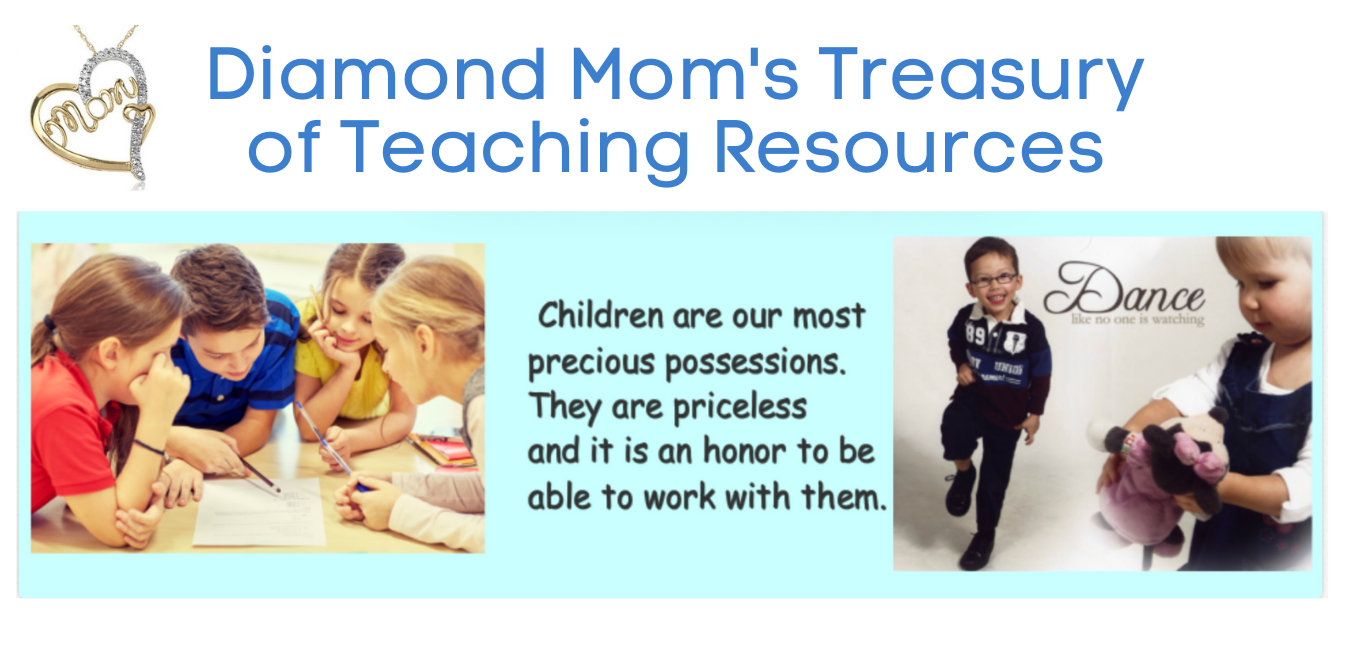
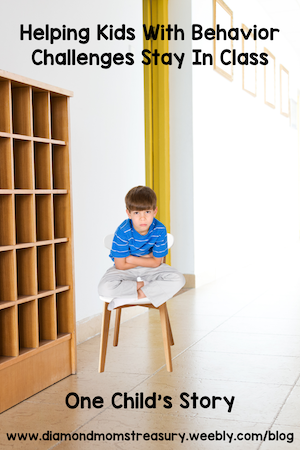
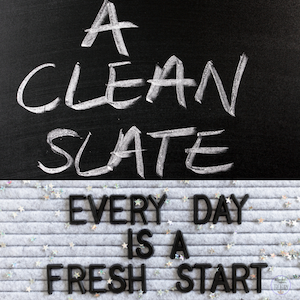

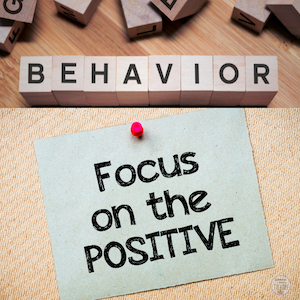
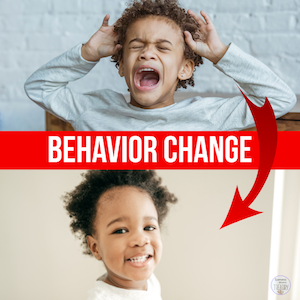
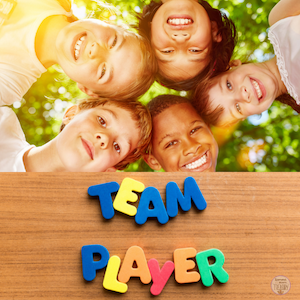
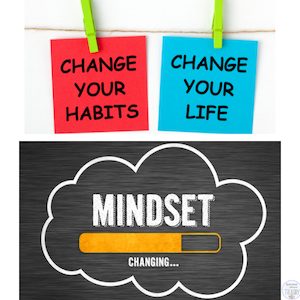
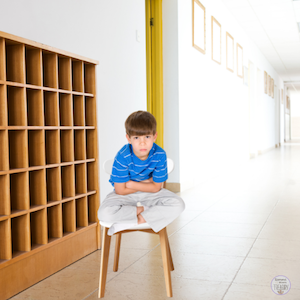
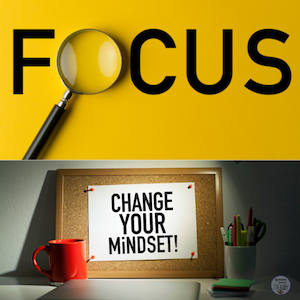
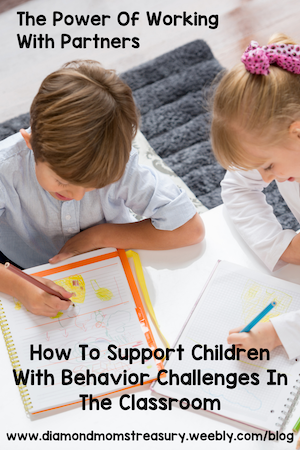
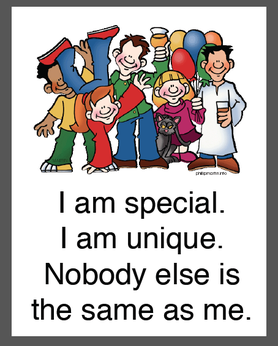

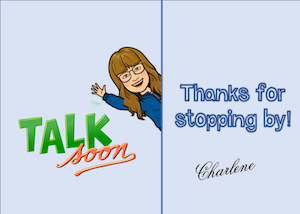
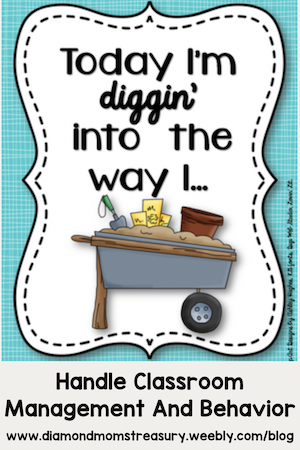
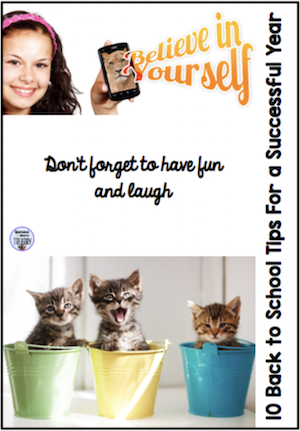



 RSS Feed
RSS Feed